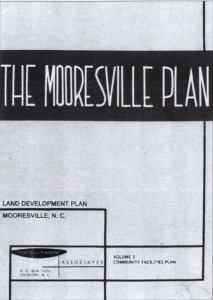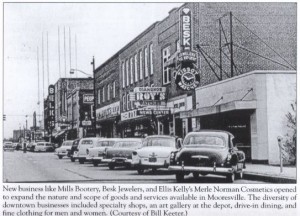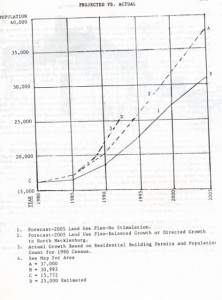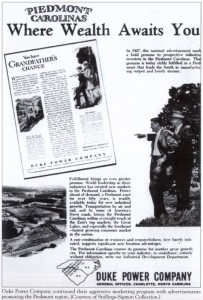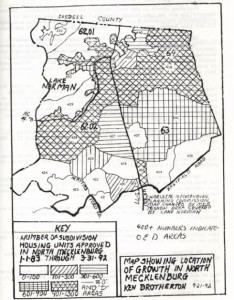Davidson and Cornelius
Davidson and Cornelius, two towns in North Mecklenburg, are presently growing in parallel rates, but have distinct views on the future of their respective developments. In 1960 Davidson held a population U.S. Census count of 2573 people while Cornelius had a count of 1,444. By 1988 Davidson held 3,000 and Cornelius 3,900.
The introduction of Lake Norman provided an opportunity for both towns to develop into what was formerly dismissed by crowds who were discouraged by the lack of job opportunities in the area. In both towns employments was characterized by the textile industry or were service oriented. At Davidson, Davidson College as an institution also provided employment outlets. In 1963 when the Lake was completed construction in both of these towns boomed and a population growth pattern ensued. To accommodate for the incoming population not only was there an increase in the construction of housing units, but business and retail outlets as well.
Davidson has historically sided with remaining a small town, priding itself in its historical significance and preserved quaint character. To this day, it wants to remain a small town though that is coming in to question with the increasing populations.
Cornelius, though similar to Davidson, encourages the growth of its town. In fact it has become increasingly commercialized with far more outlets, restaurants, and hotels than Davidson. Resource demands have even driven Davidson residents into the neighboring town of Cornelius as it has become the commercial center for North Mecklenburg.
Needless to say each of these towns’ individual quaint identity is threatened by increasing populations and their resource demands.
